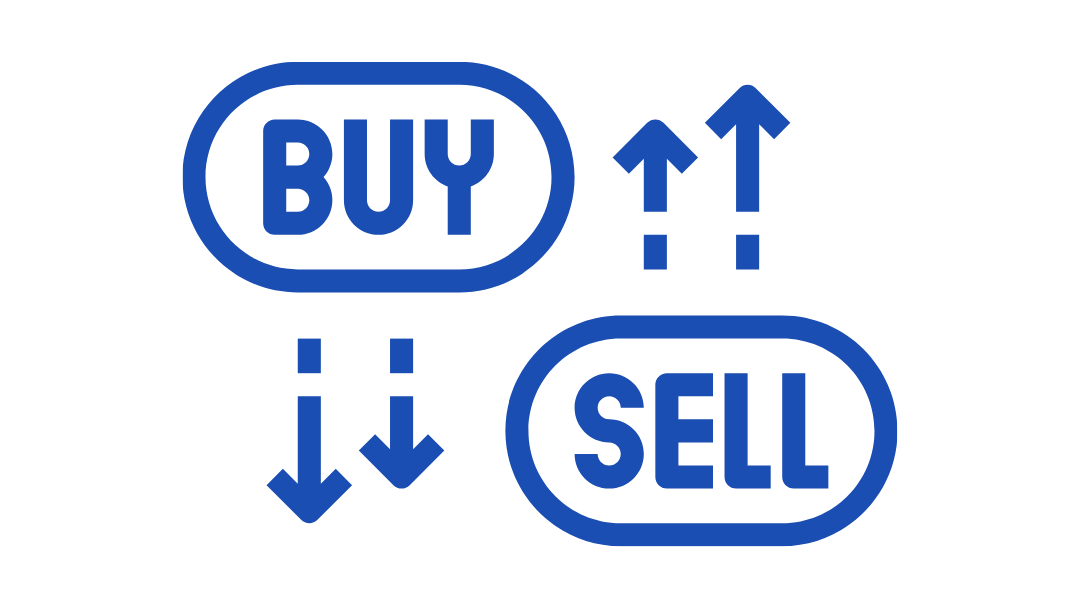Image source: Canva.com
Solar Renewable Energy Credits (SRECs) are certificates that reflect the environmental benefits of producing solar energy. Each SREC corresponds to 1,000 kWh of solar electricity generated.
In some states, SREC programs enable homeowners to sell these credits on the market, potentially earning thousands of dollars annually in addition to their electricity bill savings.
Washington D.C. has a particularly valuable SREC program, with each SREC worth over $300. While states like New Jersey and Massachusetts have transitioned away from traditional SREC markets, they still offer payments to solar owners through alternative programs.
Solar Renewable Energy Credits (SRECs)
Solar Renewable Energy Credits (SRECs) are certificates that represent the environmental benefits of generating clean solar energy. Each SREC is issued for every megawatt-hour (MWh), or 1,000 kilowatt-hours (kWh), of solar electricity produced by a solar panel system.
Utilities buy SRECs to comply with state regulations known as Renewable Portfolio Standards (RPS), which mandate that a certain percentage of electricity comes from renewable sources. Some RPS programs include a solar carve-out, requiring utilities to acquire a specific amount of solar energy credits, which helps stimulate the SREC market.
SRECs are sold separately from electricity. As a solar homeowner, you can earn money from selling SRECs in addition to receiving net metering credits for excess solar energy you produce, effectively providing you with double compensation for your solar power generation.

Meeting Renewable Energy Goals with RPS
SRECs vs. RECs: Difference
Solar Renewable Energy Credits (SRECs) and Renewable Energy Certificates (RECs) are both instruments used to track and trade the environmental benefits of generating renewable energy, but they differ in their focus and application.
Renewable Energy Certificates (RECs)
Definition
RECs represent the environmental attributes of generating one megawatt-hour (MWh) of renewable energy from any source, such as wind, solar, or biomass.
Purpose
RECs are used to help utilities and other entities meet Renewable Portfolio Standards (RPS) or renewable energy goals by demonstrating their support for renewable energy generation.
Market
RECs can be traded on a national or regional market, and their value can vary based on supply and demand, policy requirements, and the type of renewable energy source.
Solar Renewable Energy Credits (SRECs)
Definition
SRECs are a specific type of REC that represents the environmental benefits of generating solar energy. One SREC is issued for every 1,000 kWh (or 1 MWh) of solar electricity produced.
Purpose
SRECs are used primarily to satisfy state-specific RPS requirements that include a solar carve-out. This means that utilities must purchase a certain amount of solar-specific credits, creating a market for SRECs.
Market
The value of SRECs is often higher in states with strong solar carve-outs or mandates. This market can be more localized, with prices influenced by state regulations and solar adoption rates.
Key Differences
Focus
RECs cover all types of renewable energy, while SRECs are specific to solar energy.
Market Dynamics
SRECs often have higher values in states with solar-specific mandates, while RECs operate on a broader market for all renewable sources.
Regulatory Requirements
SRECs are linked to state-specific regulations with solar carve-outs, whereas RECs are tied to more general renewable energy standards.
In summary, while both SRECs and RECs facilitate the promotion of renewable energy, SRECs focus solely on solar power and are influenced by state-level policies, whereas RECs encompass all renewable energy sources and are governed by broader regulations.
Buying and Selling SRECs

If you live in a state with an SREC market, you typically won’t sell your certificates directly to a utility. Instead, you’ll work with an SREC aggregator or broker (like SRECTrade or SolSystems) to monetize your SRECs. The value of an SREC varies by state and depends on supply and demand in your state’s market. An oversupply of SRECs leads to lower prices, while an undersupply results in higher-value SRECs.
Pre-Selling SRECs: Pros and Cons
Pros
- Budgeting: Pre-selling your SRECs or opting for fixed pricing ensures you know exactly how much you’ll earn, helping you manage and budget your income.
- Paying down your solar loan: Guaranteed income from pre-selling SRECs can help pay down any solar loans taken to cover upfront costs.
- Peace of mind: Pre-selling or fixed pricing shields you from market fluctuations and price drops, offering stability and security.
Cons
- Lower financial returns: Pre-selling SRECs typically results in lower earnings compared to selling them over time. Brokers, financiers, or installers offering specific prices for your SRECs usually expect to make a profit.
Where Are SRECs Available?
Not every state has a Renewable Portfolio Standard, and those that do may not have a solar carve-out. States with active SREC markets include:
- District of Columbia
- Delaware
- Maryland
- Massachusetts (no longer accepting new applications)
- New Jersey (no longer accepting new applications)
- Ohio
- Pennsylvania
If you sell your home in a state with an active SREC market, you may retain the rights to sell your system’s SRECs or transfer them to the new homeowner, often as a negotiation tactic to increase property value.





